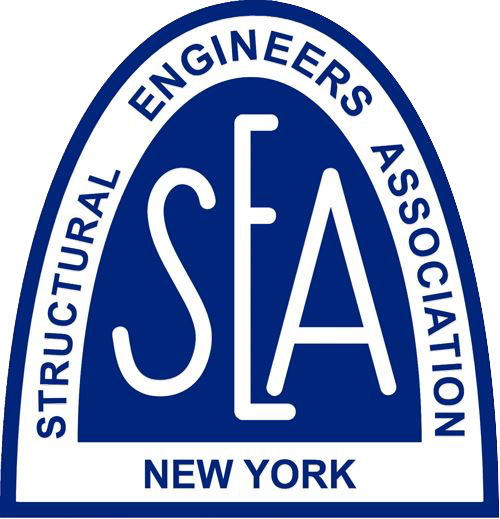The Geotechnical Extreme Events Reconnaissance (GEER) Association, sponsored by the National Science Foundation, in collaboration with the Applied Technology Council (ATC) has released a report on the reconnaissance findings of the April 2016 Mw7.8 Muisne, Ecuador earthquake, available here.
The event and report were co-led by SEAoNY members S. Nikolaou and R. Gilsanz with participation from other SEAoNY Members from GMS and WSP|Parsons Brinckerhoff.
The event and its aftershocks led to hundreds of fatalities, thousands of injuries, tens of thousands of people homeless, serious damage and collapses to buildings and infrastructure, and economic impact estimated at 3% of the national GDP. The performance of the natural and built environment was documented in the geotechnical, structural and nonstructural aspects by the GEER-ATC reconnaissance team that visited the most affected areas. The reconnaissance has yielded datasets, lessons, and suggestions for future research on:
(i) seismological and recorded strong ground motions;
(ii) application of US rapid assessment methods;
(iii) geotechnical and infrastructure performance;
(iv) site amplification and liquefaction;
(v) structural and nonstructural effects and correlation to geotechnical effects;
(vi) critical facilities and seismically-isolated structures response;
(vii) use of advanced 3-D technologies to map drone and photo observations;
(viii) case histories documentation of successful behavior in addition to failures; and
(ix) community/government response and awareness aspects.
View report here.
